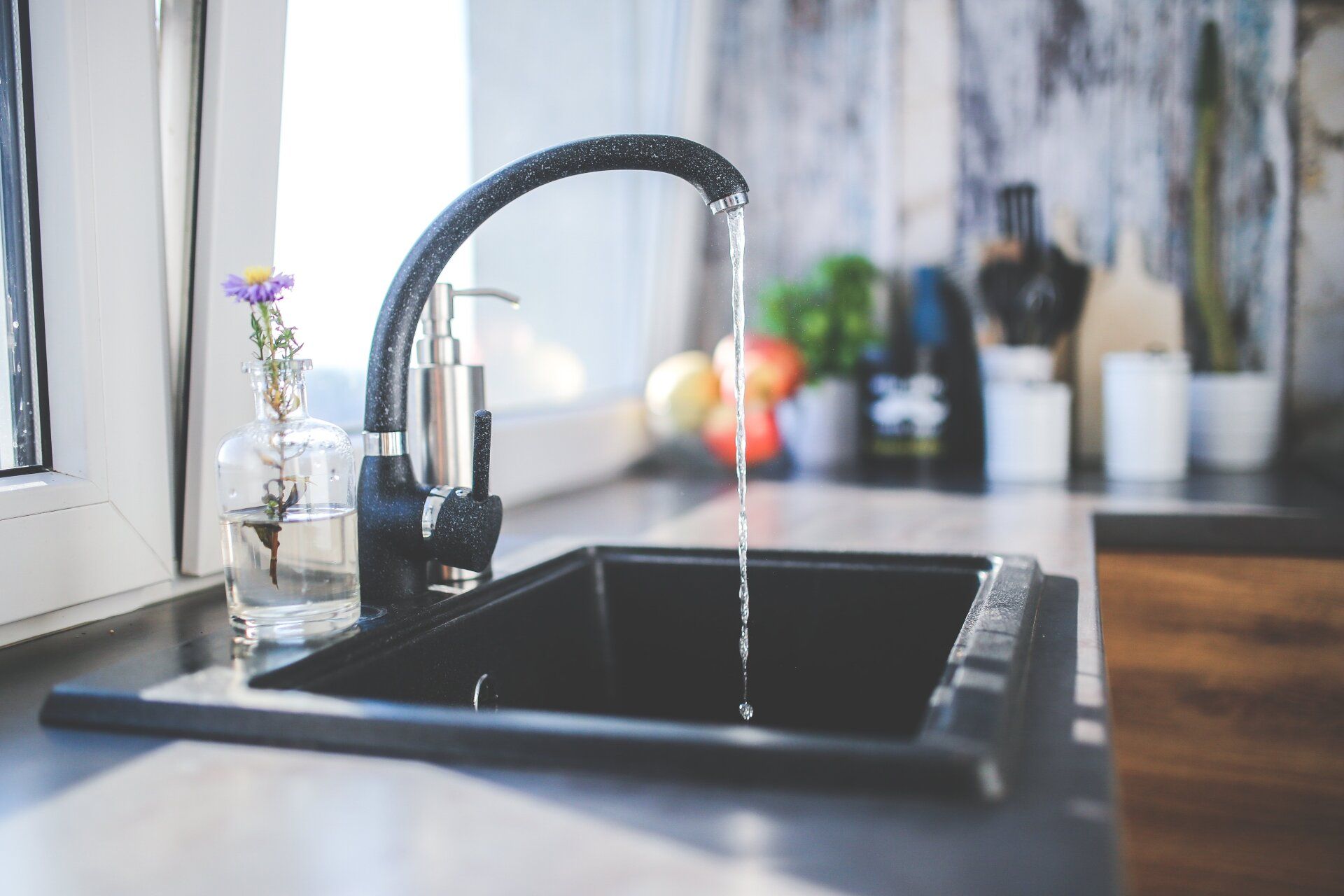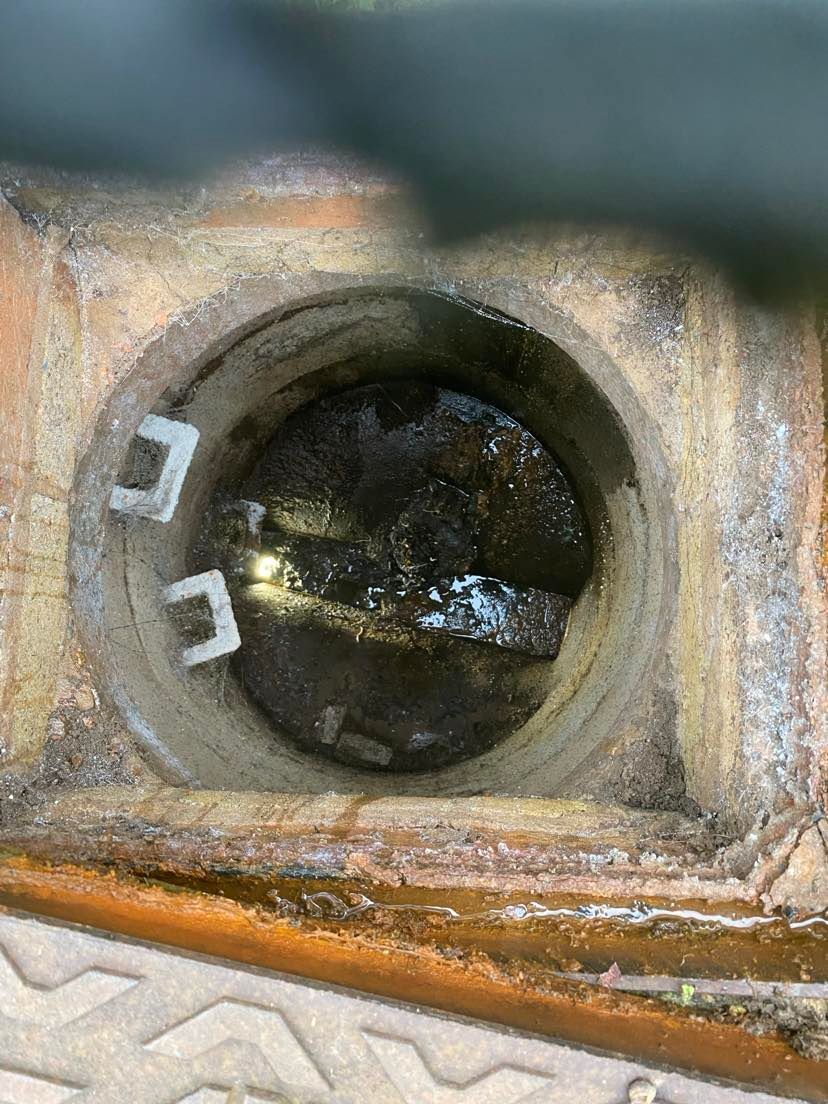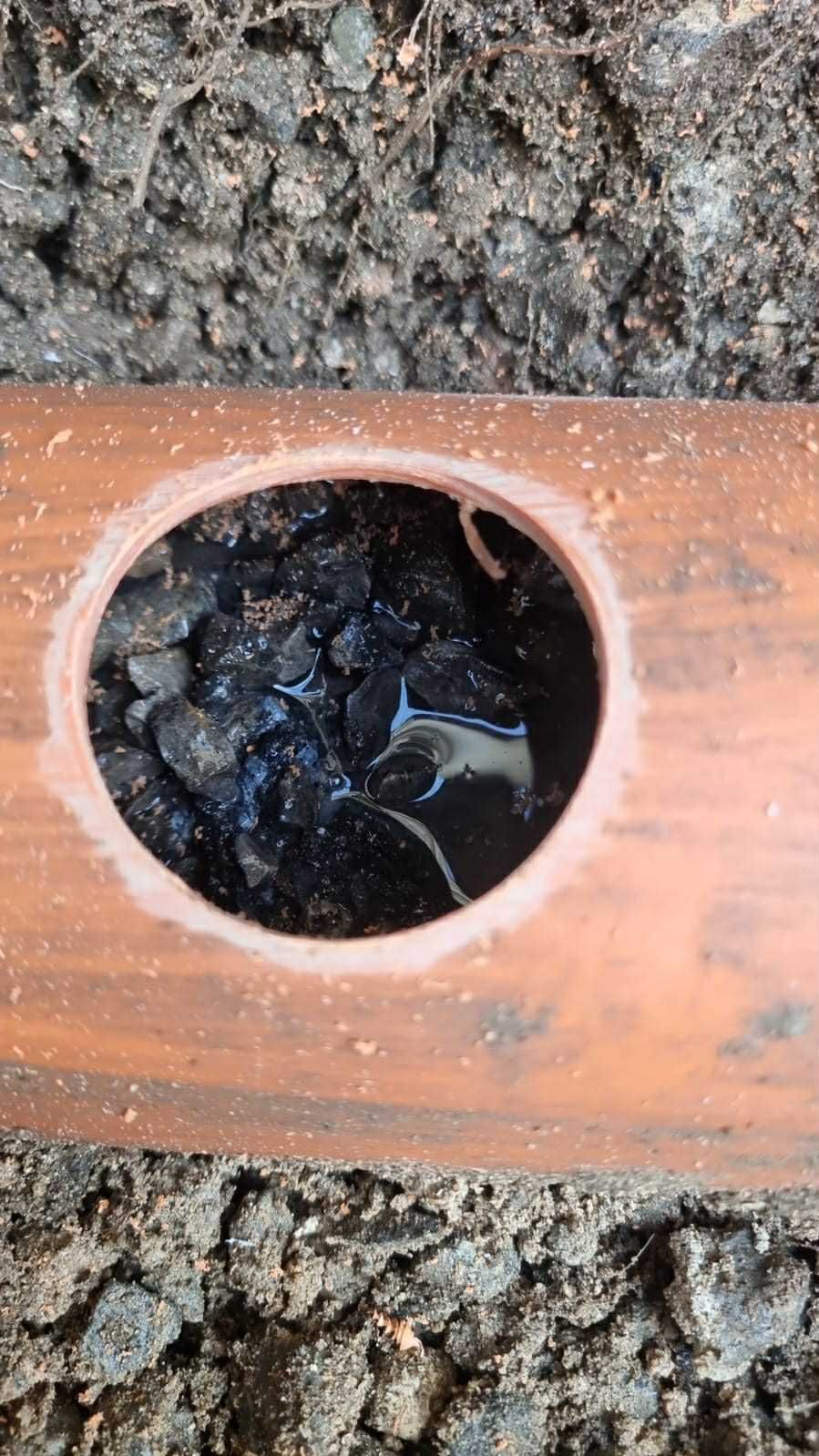Handy Beginner DIY Plumbing Tasks for Around the House.
October 14, 2020
Handy Beginner DIY Plumbing Tasks for Around the House.

Maintaining the plumbing in a house can be a bit tricky. There are a seemingly endless amount of ways that pipes can become blocked,leaks can manifest,damage can occur. Luckily, many home maintenance tasks don’t require the help of a professional--if you have a bit of knowhow.
Here are a few common plumbing tasks around the home that a handy DIY beginner can figure out how to fix.
- Fix a Leaky Tap.
Leaky taps can be absolutely mind numbing. The slow dripping can be enough to drive anyone mad! Luckily fixing a leaky tap can often be a very simple process. Generally, all that needs to be done is to replace the washer and/or the rubber mixer.
To do this, simply cut off the water to the tap, and go about removing the tap itself. This will require you to unscrew the tiny screw that is located on the back of the tap or underneath the hot/cold water knobs. Replace the tap with another tap from the house to see if the leaking stops. If it doesn’t, then replace the sealing washer. You can find these online for very cheap, or at your local hardware store.
- Clean your Sink-Trap.
Underneath your sink is a J-shaped bend in the piping. That is known as the ‘sink-trap’. This little area often gets clogged with gunk over time. Luckily, it’s very simple to clean! Remember to cut off all water to the sink, and get started!
You will begin by unscrewing the slip-joint nuts from the sink-trap on the outside. This can be done by hand in almost all cases. Once you are able to remove the pipe, you will see a soft little ring known as the O-ring. Keep this side and safe from damage!
Finish up by tapping and spraying out any gunk that has collected in the J-pipe, and return it to its place by putting the O-ring back and screwing the slip-joint nuts back into place. There you have it! A cleaned sink-trap!
- Unclog a Drain.
Clogged drains make themselves known very quickly. This can be evident by showers backing up and filling into baths… Yikes!
The simplest way to clean this is with a solution of bicarbonate and vinegar. Pour the bicarbonate down the drain, and follow it up with a bit of vinegar. This will help to dislodge gunk and hair pockets and send them on their way! Do this regularly for best results.
If this doesn’t work, you can also take a metal coat hanger, unfolded, and slide it down the drain to help remove hair or gunk pockets as well. Works like a charm!
- Final Thoughts.
Not all plumbing work should be handled by a beginner. However, some minor plumbing issues are easily fixed by anyone who has a can-do attitude and a bit of elbow grease to spear.
If you are struggling with minor plumbing issues in your home, and don’t feel capable of fixing them on your own, contact our team at Flow Sure Drains. We are more than capable and willing to help keep your home plumbing running efficiently at all times!
You might also like

What Are Drain Interceptors — And Why Do They Matter in Bristol? If you own or manage a property in Bristol built before the 1950s, there’s a good chance you’ve got a Victorian drain interceptor buried beneath your feet. And if your toilet’s slow to flush, your kitchen gulley smells, or the manhole’s backing up — that interceptor might be the hidden cause. At Flow Sure Drains , we uncover, inspect, and solve problems caused by these outdated systems every week across Bristol and the South West. 🧱 What is a Drain Interceptor? A drain interceptor (also known as a 'buchan trap' ) is an old-fashioned U-bend-style fitting found in Victorian and early 20th-century drainage systems. It was originally designed to: Stop sewer gases from entering the home Create a water seal between your drains and the public sewer But over time, these traps have become liabilities : They trap debris and grease They’re hard to access and maintain They collapse or become blocked, causing upstream problems in your house 🧰 Signs Your Drain Interceptor is Failing You may not even know you have one until it causes trouble. Watch out for: Persistent foul smells near external drains Toilets gurgling or slow to drain Manhole overflowing, but pipes seem clear Water sitting at the base of manholes Flow Sure Drains uses HD CCTV cameras to locate and inspect old interceptors. In many cases, we find root ingress , blockages , or collapses that have gone undiagnosed for years. ⚙️ Should You Remove or Bypass a Drain Interceptor? In most cases — yes . Interceptors no longer serve a useful purpose in modern drainage networks. Wessex Water and Bristol City Council both permit — and in some cases recommend — their removal or bypass, provided: You use a licensed contractor The replacement connection maintains flow and compliance We can: Excavate and remove the old trap Install a straight-through connection Use no-dig repair (patch lining) where possible Handle Wessex Water permissions where needed "What is a Victorian drain interceptor?" “It’s an old-style U-bend in the main drain system, common in pre-1950s Bristol homes, and often causes blockages today.” "Should I remove my drain interceptor?" “In most cases yes — modern systems don’t need them, and they often cause problems.” "Who removes drain interceptors in Bristol?" “Flow Sure Drains — local drainage experts with no call-out fee, CCTV inspections, and full removal service.” 📍 Why Choose Flow Sure Drains? ✅ Based in Bristol — we know the quirks of local Victorian drainage ✅ No call-out fees ✅ CCTV and no-dig solutions ✅ Emergency response available 24/7 📞 0117 427 4565 🌐 www.drains-bristol.co.uk





